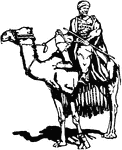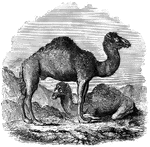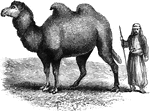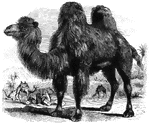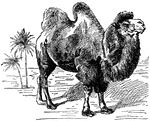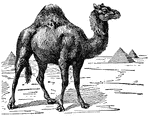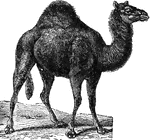Camels
The Camels ClipArt gallery includes 18 examples of both the Dromedary (one-humped camel) and the Bactrian (two-humped camel).
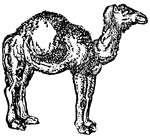
Camel
Two-humped camels are found in Central Asia, while one-humped camels are domesticated and found in Arabia…
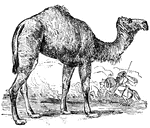
Camel
Two-humped camels are found in Central Asia, while one-humped camels are domesticated and found in Arabia…
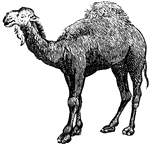
Camel
Two-humped camels are found in Central Asia, while one-humped camels are domesticated and found in Arabia…
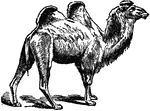
Camel
"Camel is a genus of ruminant quadrupeds, characterized by the absence of horns; a fissure in the upper…
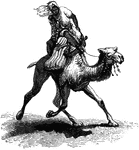
A Swift Camel
A swift camel, also referred to as a dromedary. The camel is an exceedingly large quadruped that was…

Bactrian Camel
The Bactrian Camel (Camelus bactrianus) is a large even-toed ungulate native to the steppes of north…
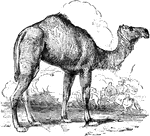
Dromedary Camel
The one-humped or dromedary camel is an ungulate distinguished by the hump on the animal's back.
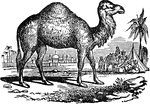
Dromedary
"A name sometimes given, probably at first through mistake, to the Arabian or one-humped camel, bu properly…
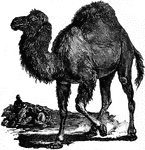
Dromedary
The Dromedary camel (Camelus dromedarius) is a large even-toed ungulate. It is often referred to as…

Dromedary, two-humped camel
A cud-chewing animal of the Old World, especially adapted by nature to travel waste deserts with scarcity…

Camels
Camels are even-toed ungulates. The dromedary or one-humped camel has a single hump, and the Bactrian…
